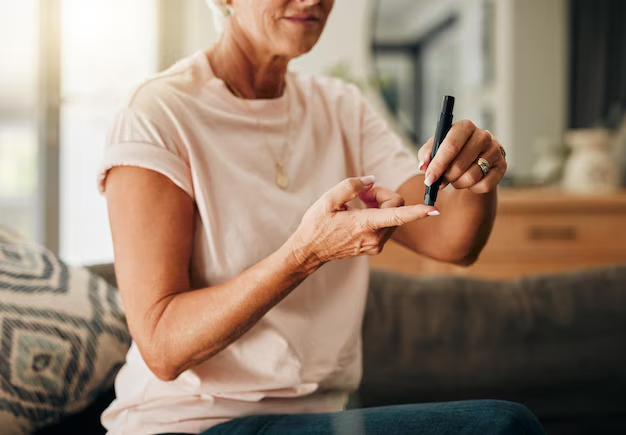Want to Get Tested for Diabetes? Here’s How You Can Do It
Navigating the world of medical testing can be daunting, especially when you suspect a condition as significant as diabetes. Whether you’re experiencing symptoms like frequent urination, constant thirst, or just seeking peace of mind due to a family history, getting tested for diabetes is a crucial step towards understanding your health.
Recognizing the Need for a Test
Diabetes can often go undetected until symptoms become severe. It’s essential to be proactive, especially if you're experiencing potential indicators. Apart from thirst and urination, look out for unexplained weight loss, fatigue, and blurred vision. If these resonate with you or you're over 45 with risk factors like obesity or sedentary lifestyle, it’s wise to get tested sooner rather than later.
Types of Diabetes Tests
There are various tests available to screen for diabetes, each with its accuracy and convenience:
A1C Test: This blood test reflects your average blood sugar level over the past two to three months. An A1C level below 5.7% is considered normal, 5.7% to 6.4% indicates prediabetes, and 6.5% or higher signals diabetes.
Fasting Plasma Glucose (FPG) Test: Typically administered after an 8-hour fast, this test measures blood sugar levels. A reading of less than 100 mg/dL is standard, 100 to 125 mg/dL suggests prediabetes, and 126 mg/dL or above indicates diabetes.
Oral Glucose Tolerance Test (OGTT): Following a fast and consumption of a glucose-rich drink, blood sugar levels are tested over a few hours. It's not as common due to its lengthy process, but highly detailed.
Random Plasma Glucose Test: This can be done anytime and is part of a routine health check-up. A result over 200 mg/dL suggests diabetes, particularly if accompanied by symptoms.
Where to Get Tested
- At Your Doctor's Office: Discuss with your healthcare provider about which test is suitable based on your symptoms and risk factors.
- Community Health Clinics: Many offer free or low-cost diabetes testing services.
- Pharmacies: Some offer on-the-spot testing, though these may not be as comprehensive as lab tests.
- Home Test Kits: Available for purchase online or at drugstores, offering a convenient but less accurate alternative.
Making Testing Affordable
Testing for diabetes should not be put off due to financial constraints. Here's how you can manage:
Government Programs
- Medicaid and Medicare: These programs often cover diabetes testing and management services. Check eligibility based on your state and demographic criteria.
- Community Health Programs: Local health departments sometimes provide free testing during health fairs or special events.
Financial Assistance
- Sliding Scale Clinics: Fees are based on your ability to pay, making medical care accessible to uninsured or low-income individuals.
- Non-Profit Organizations: Entities like the American Diabetes Association may offer resources or referrals to affordable services.
Exploring these avenues ensures that financial barriers do not keep you from getting a timely diagnosis, which is crucial for effective diabetes management.
Additional Resources for Support 🙌
- Medicaid & Medicare: Check the official sites for detailed information on diabetes coverage.
- Community Health Clinics: Locate clinics offering sliding scale fees.
- Healthcare Non-Profits: Contact organizations like the American Diabetes Association for more information.
- Educational Grants: Look into local or national grants aimed at supporting healthcare education and prevention programs.
Awareness and action are your best allies against diabetes. With the right testing and resources, taking control of your health is within reach.
